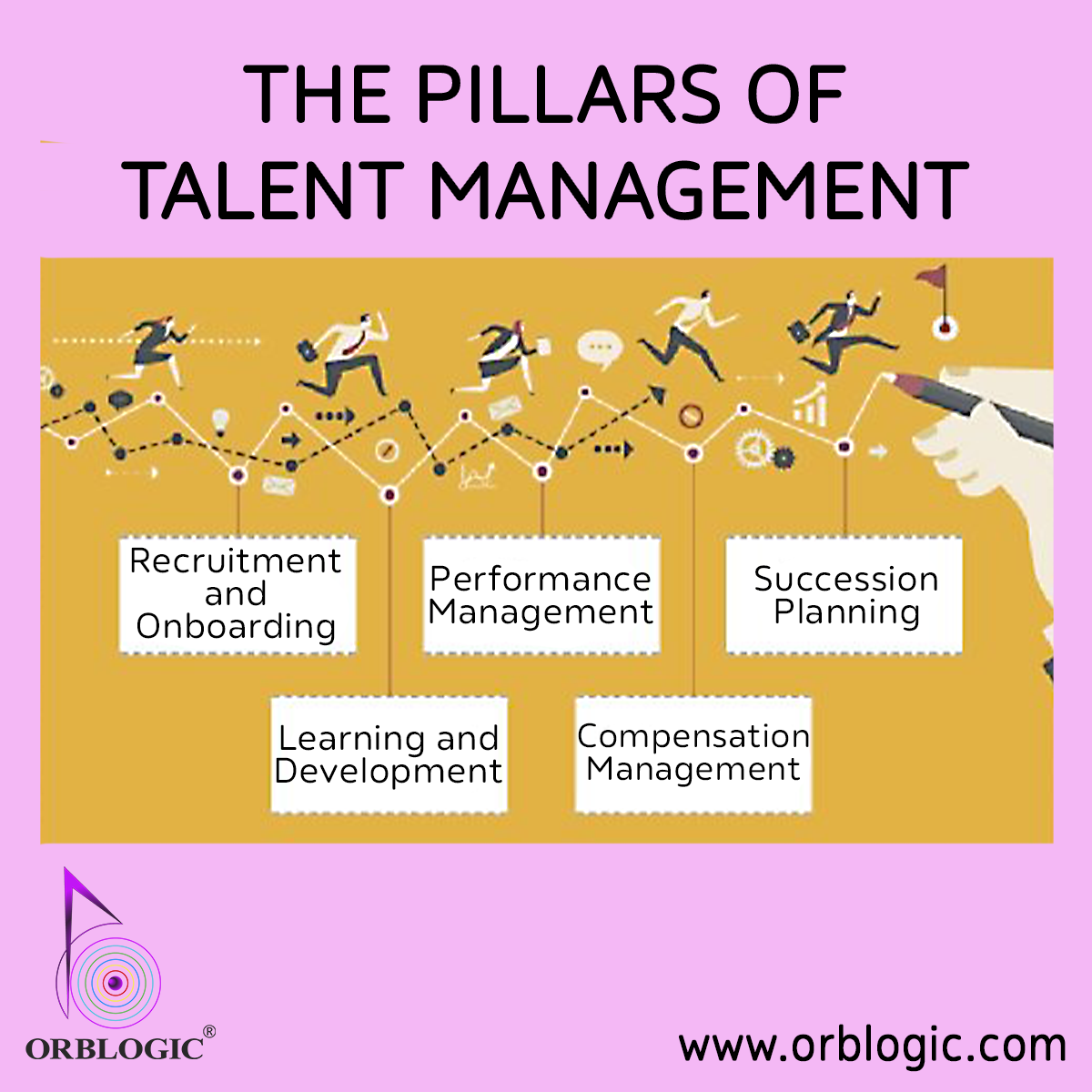Recruitment and Talent Acquisition are different in their nature and approach. Recruitment is about filling vacancies. It is an ongoing strategy to find specialists, leaders, or future executives for your company.
Talent acquisition tends to focus on long-term human resources planning and finding appropriate candidates for positions that require a very specific skillset.
Goals
While recruitment and talent acquisition have similar purposes of hiring talent, their goals are different. Recruitment is when you have to fill urgent vacancies in the company to ensure business continuity. In this, your prime objective is to close the openings in the quickest time possible and therefore, the skillset is less of a concern.
Whereas in the talent acquisition process, your focus tends to be on hiring highly skilled people with an ongoing strategy spread over the long term. The talent acquisition team’s goal is to find the right talent for a given role with long-term human resources planning.
Time period
Time is one of the significant factors that draws the line between recruitment and talent acquisition. Recruitment is meant for closing the immediate openings in the time crunch. Whenever there’s a sudden spike in business demands or need to replace the existing employee(s), recruiters resort to recruitment to fill the positions in a short period.
Apart from the other roles, recruiters are always in search of the right people for skill and experience-centric roles, such as executives, specialists, and managers. Filling those positions requires proper planning and strategy months ahead, that’s why the talent acquisition process is considered as preparation for Iron Man (race).
Intermittent Vs Continuous
Recruitment is all about making sure that the business’s substantial talent needs are met for smooth functioning all the time. From sourcing to successful onboarding of candidates, recruitment is linear and circumstantial. It might happen once or multiple times in a year depending on vacancies created in the organization due to sudden employee exits or upsizing departments.
When you look from the vantage point, you will realize that your company needs specific talent to innovate and drive the organization in a highly competitive niche market. The market and consumer behavior are prone to new trends, and businesses have to modify their products/services correspondingly.
To lead and drive the change, skilled people are to be brought inside the company, and HR teams are responsible for keeping their eyes on these trends and chart down a strategy to fill the challenging roles like a product manager.
Roles
While both mean to fill the positions, roles are also deciding factors for choosing the right method. For example, when recruiting for a large number of candidates for an IT firm, the typical roles range from developers and other individual contributors.
For the same IT firm, the strategic, managerial and leadership roles are not that easy to fill and do take time. Talent acquisition provides a clear plan of action to find productive and skillful people for these challenging roles.
When to recruit or acquire talent?
In recruitment, you know the requirements and responsibilities that a candidate needs to fulfill and go after them. Let’s say that a business has created a new position or an employee is on their notice period, then the recruiter will start analyzing the roles and responsibilities of the said position.
Once there’s a clear picture, the HR teams will begin their hunt and leverage different channels to find fit candidates. Similarly, when a company acquires a huge project, the talent needs are sufficed with mass recruiting to meet the immediate labor demands.
On the other hand, the HR team uses a talent acquisition strategy, keeping a strategic vision in mind. The HR specialists anticipate the talent needs and positions that might arise in the future. Thus, talent acquisition has opted when you are looking for people to match them with the top roles in the company or roles that necessarily don’t have to exist now but have a chance in the future.
Bottom line
Recruitment and talent acquisition both are critical to an organization’s growth. However, due to the increased unemployment rate and skill incompatibility in the talent pool, recruitment is becoming tight. In today’s world, the roles are becoming amorphous and companies are hiring for the attitude and strengths making the skills a minor league as people will eventually grow into a role that a company wants.
With skill gap analysis, right planning, and employer branding, talent acquisition can support a business’s projected long-term future goals.
HRMatrix Recruitment Bot helps you to make decisions based on trained AI algorithms. HRMatrix AI-Powered online interview solution that is designed to hire at scale can communicate with those candidates who complete your skill assessment.
